When you step onto Curaçao’s beaches, you feel a sense of adventure. Here, Dutch, African, and Caribbean tastes blend into a unique flavor. Each dish on the Curaçao table shares a story of history and unity.
Your first taste of keshi yená will be unforgettable. Although it’s a Dutch dish at its core, it comes with a unique local twist in Curaçao. The blend of crispy edges and creamy filling instantly tells you a story of the island’s rich history. Whether you’re grabbing it as street food or enjoying it in a high-end restaurant, every bite feels like a celebration.
Exploring Curaçao’s food scene is an adventure. You can learn about Caribbean cuisine or enjoy a blue curaçao cocktail at sunset. To start your food journey, check out personalized itineraries with us. Every dish connects you to the past and present, making meals unforgettable.
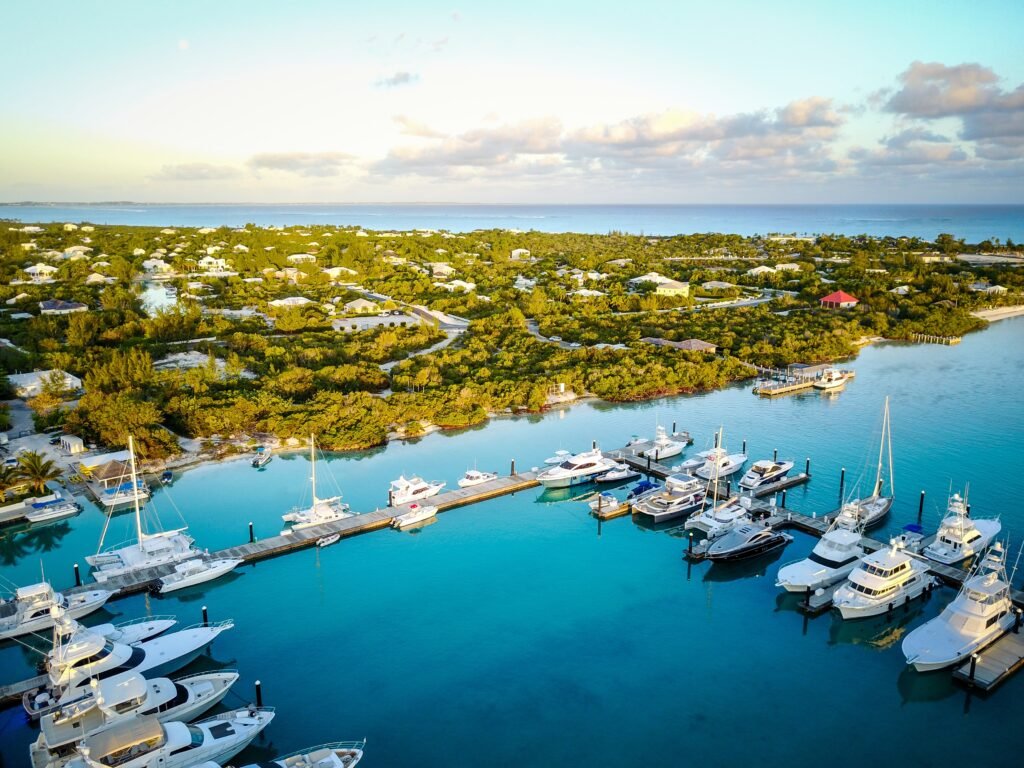
Key Takeaways
- Curaçao’s culinary identity uniquely merges Dutch, African, and Caribbean culinary traditions.
- Iconic dishes like keshi yená and kadushi soup highlight the island’s cultural fusion.
- Local markets and waterfront eateries offer immersive Caribbean cuisine experiences.
- Culinary travel to Curaçao reveals how global influences shape everyday meals.
- Exploring Dutch-Caribbean fusion dishes connects visitors to centuries of cultural exchange.
Introduction to Curaçao’s Culinary Tapestry
Curaçao sits 40 miles north of Venezuela, making it a key spot in the Caribbean. Its markets in Willemstad show how the island’s dry land and location led to creative cooking. Despite limited crops, chefs mixed imports with local flair, creating unique dishes.
The Island’s Unique Geographic Position
Unlike tropical islands, Curaçao’s dry climate means it relies on preserved foods and imports. This led to dishes like keshi yena, made with dried cod. Traders brought spices and cooking methods, blending with Dutch recipes. This island cuisine is all about making the most of what’s available.
How History Shaped the Local Flavors
History has deeply influenced Curaçao’s food. African slaves brought okra and plantain dishes, while Dutch traditions remain in pinda stobs. Portuguese, Jewish, and Asian immigrants also left their mark, like Indonesian skewers at street stalls. Each dish tells a story of resilience and cultural exchange.
What Makes Curaçaoan Cuisine Special
“We don’t just cook— we preserve history in every pot,” said a fourth-generation chef in Otrobanda. This island’s dishes are living archives, blending Dutch colonial techniques with African spice blends and Caribbean freshness. Stoba’s smoky goat stew or pastechi (savory pastries) embody that duality. The result? A cuisine where every ingredient whispers a migration tale.
Exploring Curaçao’s culinary history is a journey through its mosaic. For those wanting to taste these layers, Epicurean Escape offers guided tastings. From street carts to family kitchens, Curaçao’s food is a window to its soul.
The Historical Roots of Curaçaoan Cuisine
As you Explore Curaçao’s markets, you’ll feel the island’s food history come alive in every spice and stew. Your walk through Willemstad’s alleys will show how centuries of trade and migration shaped its bold flavors. The Dutch Caribbean food you’ll enjoy today has roots in the the Arawak people, who used cassava and seafood before Europeans arrived.
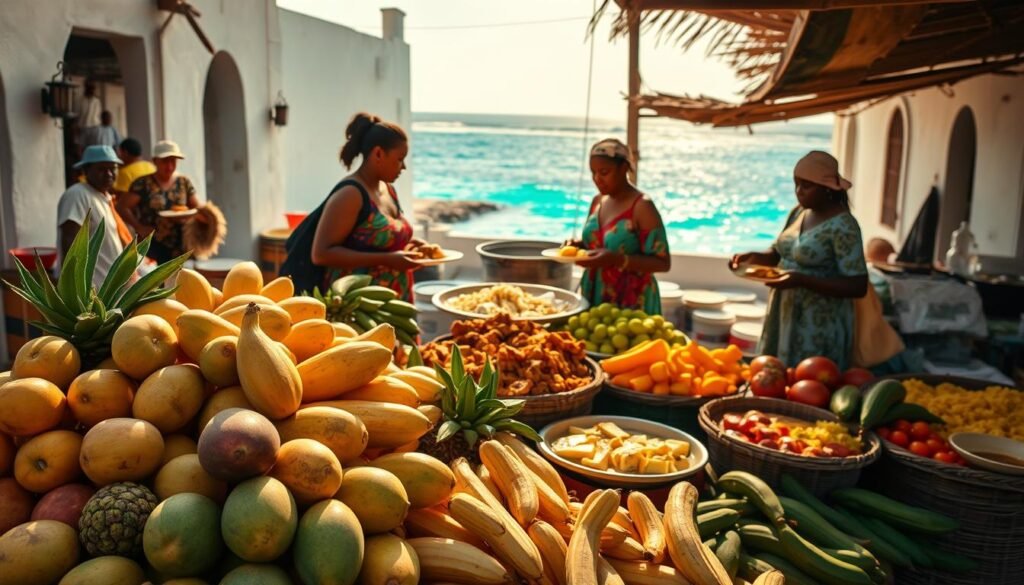
Colonial influences on Caribbean cuisine began in the 1600s with Dutch traders bringing hard cheeses and salted meats. These items mixed with African culinary traditions brought by enslaved people. They used okra, plantains, and slow-cooked stews to make do with what they had. Their creativity turned scarcity into something special—stews cooked over open fires and bolo pretu became a sign of survival, influenced by Sephardic Jewish traditions of spiced dried fruits.
Every dish in Curaçao tells a story of adaptation. Dutch pickling techniques blended with African okra-thickened soups, while indigenous herbs like culantro added a local touch. This mix isn’t just history—it’s alive in dishes like keshi yena, where Dutch cheese shells hold Caribbean meats. The Dutch Caribbean food legacy here is a blend of survival, creativity, and cultural exchange.
Essential Ingredients in Traditional Curaçaoan Cooking
Walking through Willemstad’s market, you’re hit with the colors of Curaçao ingredients. The smell of Caribbean seafood mixes with the sweetness of tropical fruit dishes. This mix shows the island’s rich culinary history.
Local Seafood Varieties
At Piscadera Bay, fishermen sell fresh wahoo and mahi-mahi. Karko (conch) and red snapper are also on offer. These fish are used in ceviches and grilled with annatto paste, showing the island’s love for the sea.
Native Fruits and Vegetables
Vendors sell calabas (calabash) gourds and prickly pear pads under the sun. Seville oranges add a tang to marinades, while papaya is used in salads and desserts. These crops grow well in the dry soil, adding flavor to dishes like stoba.
Imported Dutch Influences
Gouda cheese makes keshi yená creamy, while salted beef tops plantains. Spices like allspice and cloves, brought centuries ago, flavor slow-cooked stews. They show how colonial trade still influences local cooking.
African Staples and Techniques
Funchi, a cornmeal porridge, is a West African legacy. It’s served with stobá’s smoky flavor. Okra thickens soups, and cassava root is used in farin sal. These methods show how to turn scarcity into art.
Must-Try Traditional Dishes of Curaçao
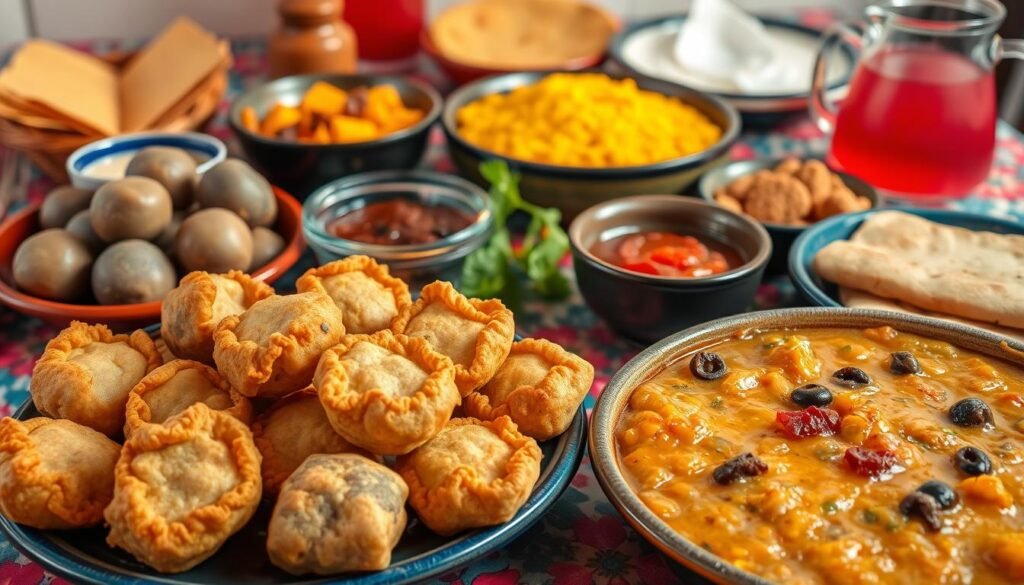
Exploring Curaçao’s culinary soul means savoring dishes steeped in resilience and creativity. Each traditional Curaçao dishes tells you a story of survival, adaptation, and the island’s layered heritage. Let’s uncover four icons that define the Caribbean food specialties of this vibrant island.
Keshi Yená: The Stuffed Cheese Masterpiece
Imagine a hollowed Edam cheese crust crammed with spiced meat, olives, and raisins a keshi yená recipe born from resourcefulness. This dish, once made from Dutch masters’ leftovers, now shines in restaurants like Bosch en Partners in Willemstad. Its smoky, savory layers taste like culinary alchemy.
Kadushi Soup: From Cactus to Bowl
Watching a local elder scrape cactus paddles into a silky, gelatinous broth felt like witnessing ancestral wisdom. Kadushi soup’s earthy depth, believed to heal and nourish, uses staples like kadushi cactus and garlic. Try it at open-air markets where generations share its secrets.
Bolo di Banana: Sweet Plantain Bread
This banana bread’s caramelized sweetness warms festive tables. Overripe plantains, cinnamon, and nutmeg create a moist loaf that embodies comfort. It’s a humble Caribbean food specialty perfect for breakfast or dessert—ask for it at family bakeries in Sint Michiel.
Stobá: Hearty Curaçao Stews
No meal here is complete without a slow-cooked Curaçacan stews like stobá. Goat meat simmers in a tangy cascabel pepper sauce, embodying the island’s African-Dutch fusion. For an authentic taste, seek out La Abeja, a Willemstad institution.
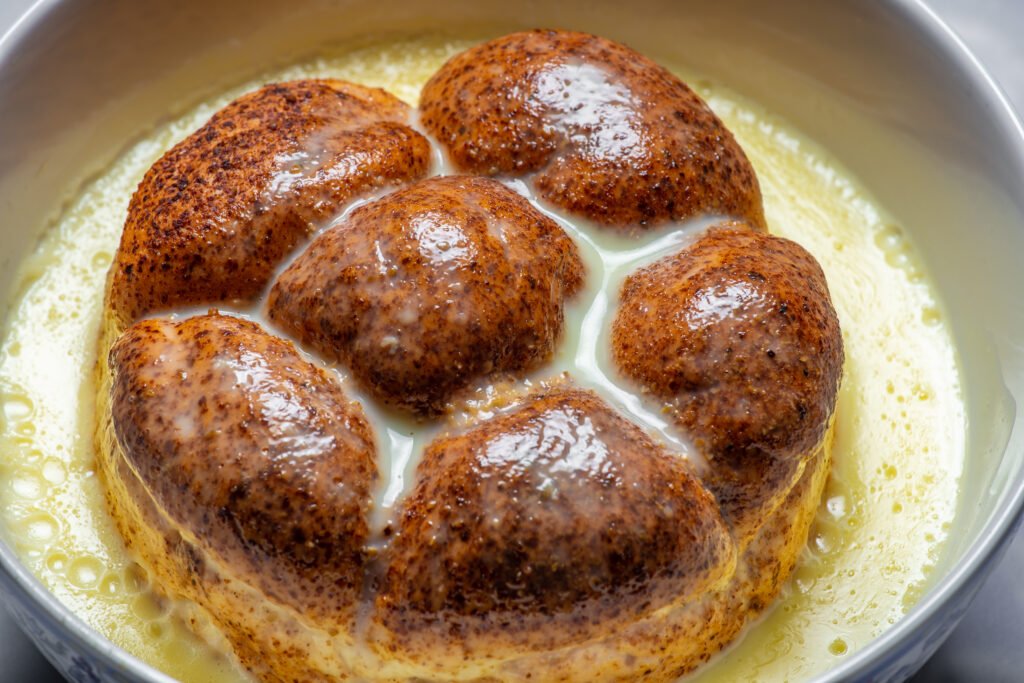
| Dish | Ingredients | Cultural Role | Where to Try |
|---|---|---|---|
| Keshi Yená | Edam cheese, spiced meat, olives | Symbol of ingenuity | Bosch en Partners |
| Kadushi Soup | Cactus paddles, onions, cilantro | Healing tradition | Local markets |
| Bolo di Banana | Plantains, cinnamon, brown sugar | Celebration staple | Sint Michiel bakeries |
| Stobá | Goat meat, cumin, bitter orange | Cultural resilience | La Abeja |
The Art of Culinary Travel in Curaçao
Exploring Curaçao food tourism is more than tasting food. It’s about experiencing the island’s flavors and stories. Begin by creating a food itinerary that mixes history with taste. Start in Willemstad’s Punda and Otrobanda to dive deep into the island’s culture.
Then, head to Westpunt for fresh seafood or east for hidden culinary travel planning spots like truki pan. Mix iconic restaurants with local markets to truly feel the island’s spirit.
Best Seasons for Food Experiences
| Season | Highlights | Key Dishes |
|---|---|---|
| April | Seú Harvest Festival | Cactus-based soups, agricultural displays |
| October–December | Holiday prep season | Ayaka (plantain tamales), festive stews |
Balancing Fine Dining and Street Food
- Pair sunset dinners at La Luciola with late-night kabritu sandwiches from street carts
- Seek out home hospitality tours where families share recipes passed through generations
- Pair stobá at a beachfront bistro with a batido from a beachside truki
Respect the island’s culinary traditions. Ask vendors about their methods and enjoy dishes like funchi e chiambé with care. The real essence of Curaçao food tourism is in the stories behind each dish.
Navigating Willemstad’s Food Markets
Visiting the food markets in Curaçao is a colorful and unforgettable experience. At dawn, you head to the floating market in Willemstad, where Venezuelan boats arrive loaded with fresh fruits and vegetables. As you walk along the canal, you see bright produce stacked high—papayas, plantains, tomatoes, and more.
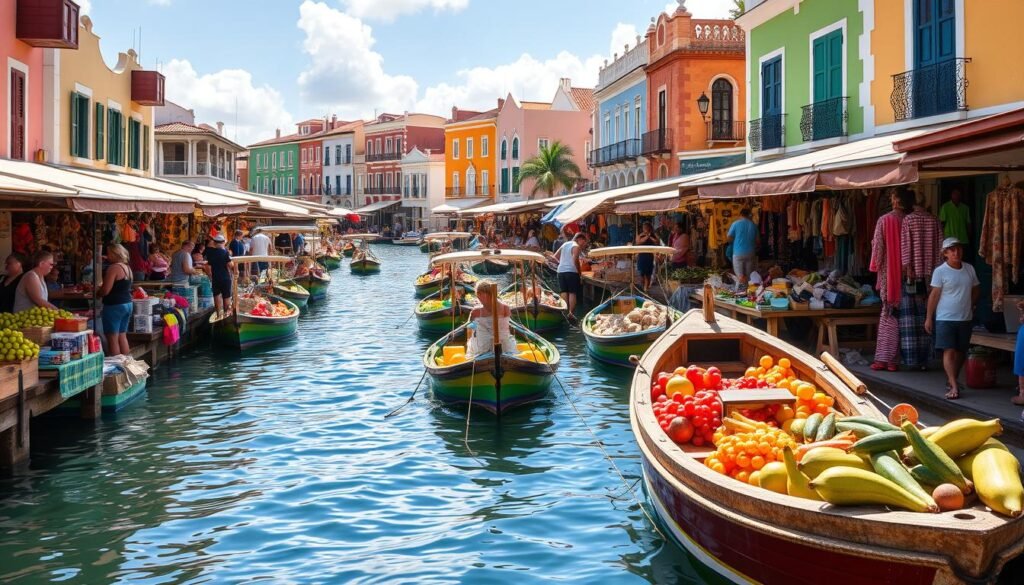
Start at Plasa Bieu, where you can enjoy *pan bati* (flatbread) straight from the grill. Vendors greet you with smiles and gestures. Bargain for *guasina* spice blends, and let their aroma transport you to the island’s heat. For a guided tour, join a Caribbean market tours guide, like similar journeys around the world.
- Timing: Arrive before 9 AM at the Floating Market for soursop still clinging to morning dew.
- Language tips: Learn “bon dia” (good day) and “grasie” (thank you)—vendors light up at travelers’ efforts.
- Must-bring items: Look for *amalax* (palm oil) and *kwechi yumu* (stewed okra) pastes—perfect for recreating stews back home.
At Nieuwe Markt, you’ll find the island’s pantry treasures: purple dasheen, prickly pear cactus, and sun-dried coffee beans. Remember, U.S. customs restrict fresh fruits, but dried spices are okay.
These markets are more than places to shop—they’re places to learn. One morning, a vendor shows you “culantro ” leaves. Then, he tells you to sniff them. You notice the sharp citrus and coriander scent. Next, he explains how they flavor “sancocho” stews.
Each visit teaches you something new. Slowly, you begin to understand the island through its food. Soon, these flavors feel familiar. Finally, you realize—this is a tradition. Just like tasting “funchi ” with salted cod for the first time.
From Ocean to Table: Seafood Experiences in Curaçao
You wake up early and head to Caracas Bay to join the local fishermen. Here, Curaçao’s fishing traditions come to life with every cast of the net. Sustainable fishing practices here ensure that generations to come will savor the same flavors we cherish today.
Fishing Traditions and Sustainable Practices
Local fishermen like those in the kunuku communities still use handlines and troll for wahoo. They embody methods passed down for centuries. “We take only what the sea offers willingly,” explained one fisherman, his hands steady as he rigged his line. This ethos aligns with certifications like the sustainable fishing initiatives protecting coral reefs and fish stocks. The balance is clear: healthy waters mean thriving Caribbean seafood dishes for all.
Where to Find the Freshest Catch
Seek the morning markets at Caracas Bay where boats dock laden with mahi-mahi and red snapper. For dining, fresh fish restaurants like Jaanchie’s in Westpunt pride themselves on menus written by the sea’s bounty. At Playa Piskado, fishermen grill portions of kingfish right on the sand, their smoky aroma mingling with salt air.
Seafood Preparation Techniques to Observe
Watch chefs tenderize conch into silky karko by pounding it for hours—a ritual as vital as the catch itself. Try these methods at local classes:
- Pisca hasa fried to a crisp golden crust with island herbs
- Lime-marinated ceviche brightened by cilantro and habanero
- Funchi, a cornmeal porridge, served with sizzling fish for balance
Every bite here tells you a story of the ocean’s gift and the hands that honor it. Choose restaurants that champion sustainability, and let your taste buds trace the journey from net to plate.
The Sweet Side: Desserts and Treats with Dutch-Caribbean Fusion
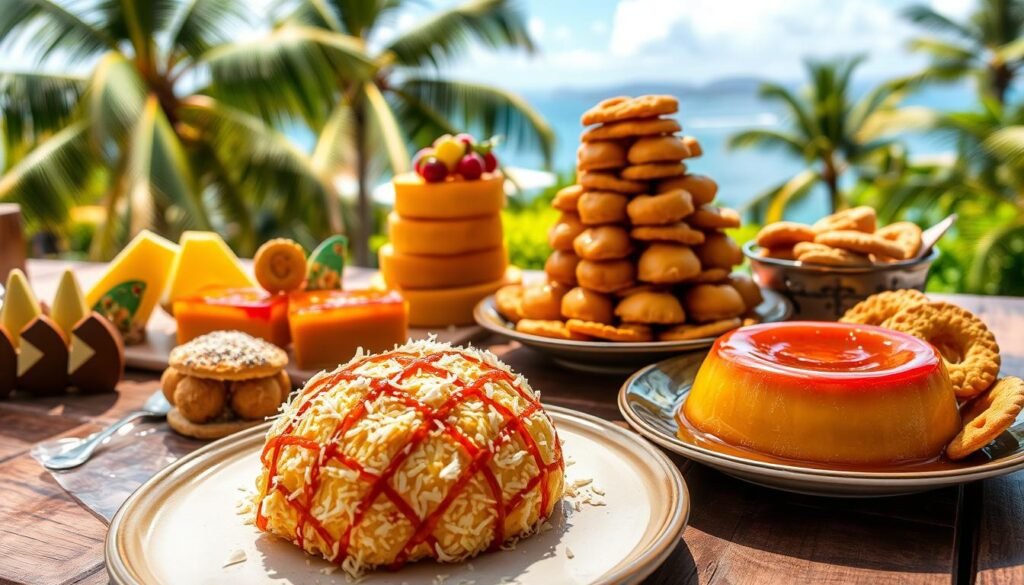
On a sticky Curaçao afternoon, the island’s Curaçao desserts are perfect for a break. Your favorite tropical desserts mix Dutch methods with fresh fruits. Imagine velvety traditional Curaçao pastries like bolo pretu, a cake soaked in rum with guavaberry and dried papaya.
Each bite of these Dutch Caribbean sweets shows the island’s rich history. It’s a story of cultures coming together.
Limbers, colorful fruit popsicles, are a perfect example of this mix. You can find coconut or tamarind ones at street stands. There, vendors sing old songs while making these treats.
For Dutch-inspired sweets, Willemstad’s bakeries offer a twist. They turn oliebollen into mango or passionfruit-filled orbs. And they make stroopwafels with caramel, vanilla, and coconut milk.
- Limbers: Tamarind or guava popsicles at St. Anna Market
- Kokada: Chewy coconut candies wrapped in wax paper
- Tentalaria: Coconut clusters dipped in dark chocolate
| Treat | Cultural Roots | Where to Try |
|---|---|---|
| Bolo pretu | Colonial spice trade + local fruits | Rozendaal Bakery |
| Oliebollen | Dutch carnival tradition | Markenstraat street vendors |
| Stroopwafels | Reimagined with tropical flavors | Café La Mar |
These traditional Curaçao pastries are more than snacks. They’re stories in every bite. At Kruyet Sushi & Snacks, grandmothers make limbers by hand, their hands stained with turmeric and lime.
The island’s tropical desserts let you taste history. It’s a journey of flavors, one sweet bite at a time.
Liquid Culture: Drinks and Beverages of Curaçao
Walking through Willemstad’s bustling streets, you’ll catch the scent of citrus and spices. This is a hint of Curaçao’s rich drink heritage. These drinks are more than just flavors; they’re stories in a glass, mixing history with innovation.
The Famous Blue Curaçao Liqueur
At Landhuis Chobolobo, you discover the origin of Blue Curaçao. It comes from the laraha orange, a fruit too bitter to eat but just right for liqueur. You learn how the dried peels are soaked in alcohol, slowly releasing their oils and flavor. The result is a vibrant blue liquid that’s more than just a drink. It’s a symbol of Curaçao’s culture and a star in cocktails around the world.
While it’s famous in Caribbean cocktails like the Blueberry Collins, it’s even better on its own or with dark chocolate.
Local Beers and Spirits
Curaçao brewery Amstel makes its Bright lager locally, a great match for fresh ceviche. For something different, try rom bèrdè, a green rum with island herbs, or small-batch rums aged in mahogany casks. These spirits tell stories of the island’s past, like the sugarcane fields that once covered the land.
Traditional Non-Alcoholic Refreshments
For those avoiding alcohol, tropical drinks like awa di soroto (hibiscus tea) are refreshing. You can find these at open-air cas di kòdi (drink stalls):
| Drink | Flavor Profile | Best Served |
|---|---|---|
| Lemonchi | Sharp lime with sugarcane sweetness | With plantain fritters |
| Awa di Tamarindu | Earthy tamarind tang | Over ice |
| Basi di Kòsa | Peppery herbal infusion | Post-meals for digestion |
Every sip connects you to centuries of island wisdom. It shows that Curaçao’s liquid culture is as rich as its history.
Hands-On Culinary Experiences: Cooking Classes and Workshops
Imagine shaping funchi dough with a local chef’s help. The smell of culantro fills the air. Curaçao cooking classes and Caribbean cuisine workshops turn curiosity into creation. These culinary tourism activities let travelers like me dive deep into the island’s kitchen culture.
They transform mere tourists into temporary island chefs.
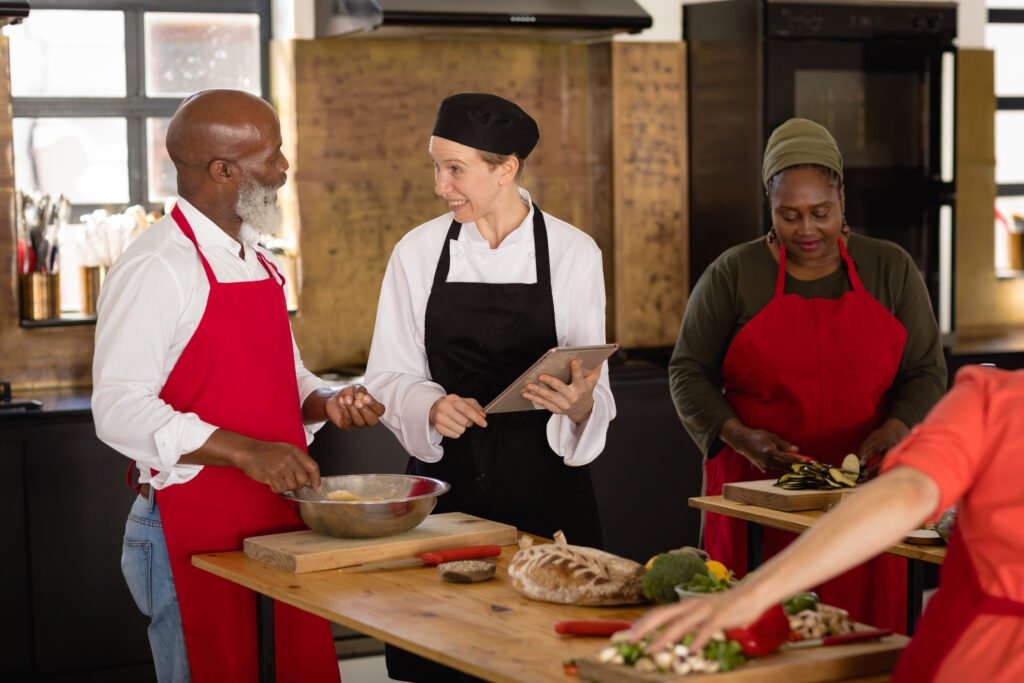
“The best way to honor a dish is to make it yourself,” said Ana, an instructor during a learn to cook Caribbean food session at Hofi Cas Cora. Her words echoed as she mastered the balance of stobá spices in a 300-year-old stone mortar.
Workshops vary from half-day sessions to multi-day immersions. Choose between:
- Coastal classes focused on preparing coconut-infused desserts in open-air kitchens
- Home-based family sessions where you knead bolo pretu dough while learning proverbs shared by hosts
- Market-to-table programs pairing ingredient hunting with preparation
| Workshop Type | Duration | Highlight Activity |
|---|---|---|
| Seafood mastery | 3 hours | Filleting mahi-mahi with local fishers |
| Historical baking | Full day | Hand-grinding corn for funchi |
These sessions often include cultural storytelling—like the history of kadushi cactus paddles used in cooking. Remember to wear breathable clothing and book 2 weeks in advance for popular programs. Leave with recipes tucked into your memory and spice packets ready to recreate island flavors back home.
Bringing Curaçao Home: Spices, Recipes, and Kitchen Souvenirs
Bring Curaçao’s flavors into your kitchen. Start by collecting Curaçao spices and Caribbean cooking ingredients. These will keep the essence of the Dutch-Caribbean mix alive.
Where to Shop for Authentic Ingredients
Check out Nieuwe Markt for Caribbean cooking ingredients like Curaçao spices. Marshe Bieuw has food souvenirs like Curaçao liqueur-infused syrups. Plaza Nobo sells sealed Curaçao spices blends for your kitchen.
Customs Considerations for American Travelers
- Commercially packaged Curaçao spices and sealed condiments pass easily
- Declare fresh fruits or homemade items at customs
- Limit quantities of food souvenirs to avoid delays
Adapting Recipes for American Kitchens
Find substitutes for island staples. Replace Curaçao spices with pantry items:
| Original | Substitution | Note |
|---|---|---|
| Bitter orange zest | Orange + lime zest | Enhance acidity |
| Goat cheese | Sharp cheddar | Grate for Keshi Yená texture |
Try new things with adapting Caribbean recipes. Adjust cooking times. Add a dash of Curaçao spices to dishes like rice or stews.
Conclusion: Embracing the Cultural Mosaic Through Food
Your last night in Curaçao feels magical. Stars shine above you, and the table is filled with delicious food. You sip warm kadushi soup, taste sweet bolo di banana, and enjoy fresh awa di tamarind.
With each bite, you feel the island’s history. You taste the care, the culture, and the warmth of the people. It’s a farewell wrapped in flavor—one you’ll never forget.
Curaçao’s food is more than just taste. It’s a mix of Dutch, African, and Caribbean traditions. It shows how meals connect us across time and cultures.
Visiting Curaçao’s food scene teach you to appreciate culture at the table. The island’s dishes tell stories of spice routes and hard work. They show how people turned scarcity into creativity.
For Americans looking for a Caribbean food adventure, Curaçao is a must-see. It teach you how traditions evolve while keeping their essence.
As I left, I thought about the island’s saying: “Kuminda ta konekta hende” (Food connects people). Traveling here is not just about tasting. It’s about honoring the people who created these flavors.
Whether it’s trying stobá at a market or learning about blue Curaçao liqueur, every experience is special. The island’s food culture teach you that understanding a place starts with its food.


